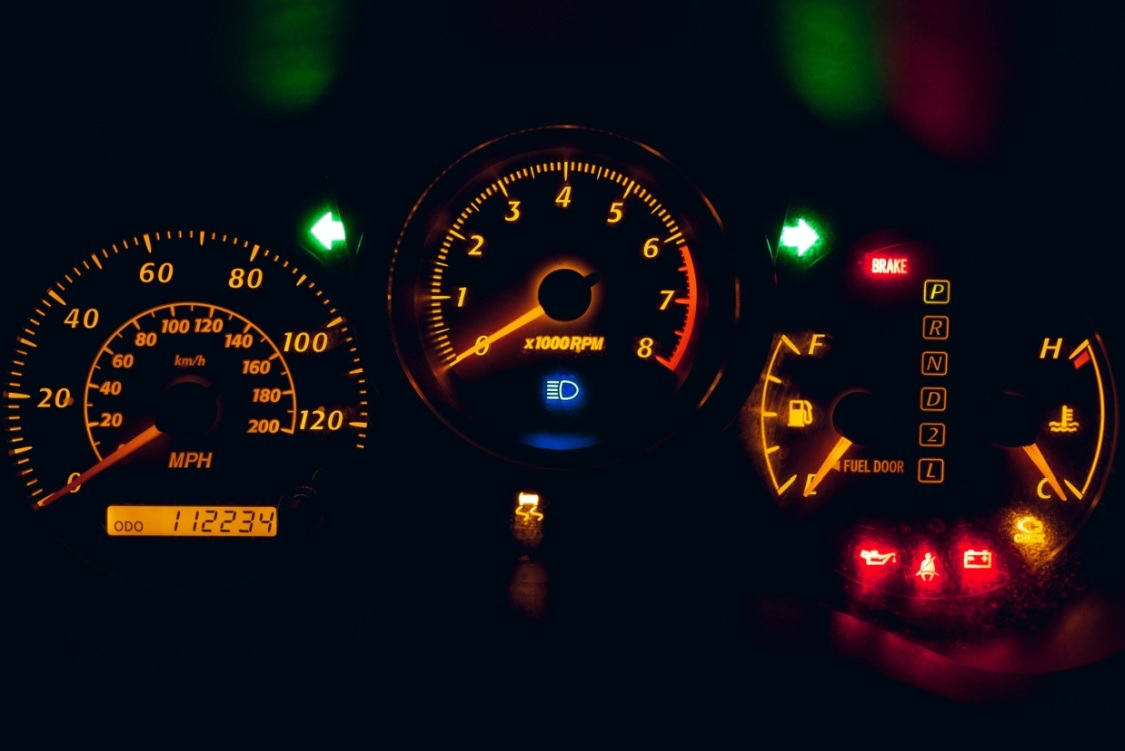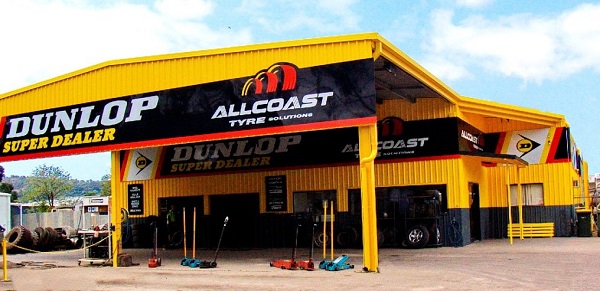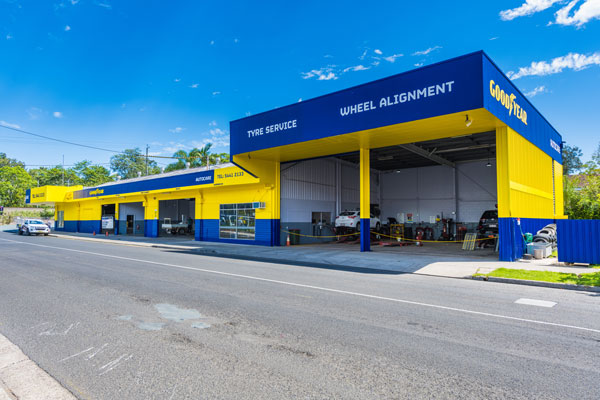
7 Different Reasons Why Your Engine Warning Light May be On.
Thursday 19 January 2023
Back to Latest News
When you see the engine warning light illuminate on your driver display, it can come as a shock.
In most cases, it doesn’t mean that your vehicle is going to screech to a smoking halt or the engine is going to drop out. But it does indicate that there is an issue you need to resolve quickly.
When the engine light turns on, the best policy is to take your vehicle to a local mechanic as soon as you can. This way, you can find out what the issue is and how to resolve it.
This post explains some common reasons why your engine warning light might be on. Reasons vary from model to model and manufacturer to manufacturer.
Dirty Particulate Filter
We tend to think of diesel engines as having particulate filters, but they are increasingly coming to petrol cars. Particulate filters capture soot produced by the engine, preventing vehicles from spewing it out into the environment.
However, over time, they become clogged. Eventually, gas can’t move through them as easily, causing the engine to burn hotter and splutter more.
Dirty particulate filters require immediate service. Damaged filters are incredibly expensive to replace.
Loose Filler Cap
Loose filler caps are also liable to trigger engine warning lights. On modern vehicles, caps need to be airtight to maintain constant pressure in the fuel tank. If they aren’t, it allows more air into the system, confusing the sensor that monitors tank pressure and triggering the engine warning light.
The risk of damage from a loose filler cap is minimal and, fortunately, it’s easy to resolve.
Contaminated Catalytic Converter
Catalytic converters scrub car exhaust emissions, reducing vehicle pollution. However, they are not perfectly efficient. Over time, they can degrade or even be destroyed.
If your catalytic converter has a problem, you’ll notice that your car doesn’t perform as well. The best policy here is to drive slowly and gently and take your vehicle to your local mechanic as soon as you can. The risk of further engine damage is high, even though it is an expensive replacement.
Blocked Fuel Pump
Blocked fuel pumps are another reason engine warning lights switch on. Fuel pumps send fuel to the injectors under pressure. If there’s a problem with them, then the engine can’t deliver fuel to the combustion chamber as efficiently, causing it to run unevenly.
This problem is potentially serious. In fact, it is so bad that some manufacturers’ ECUs force cars to go into “limp” mode to prevent further damage.
Problems With The Ignition System
Ignition system issues are another reason why your engine warning light might switch on. All cars require systems that produce sparks and ignite fuel. When these don’t work properly, fuel doesn’t get burnt and the car starts to splutter.
Again, if this happens, you’ll want to take your vehicle to your nearest mechanic as soon as possible. Usually, ignition systems fail because there is insufficient current passing through the coil. However, it can also be a timing issue. The engine management system is failing to produce sparks at the right time or is out of sync with the injectors.
Faulty Oxygen Sensor
Faulty oxygen sensors are another common reason for engine warning lights appearing on your dashboard. These can fail over time, or provide the ECU with the wrong data.
Car manufacturers place oxygen sensors in your vehicle’s exhaust system. They track the oxygen composition of the exhaust gases, checking for any abnormalities that might indicate engine failure.
If your car is new, mechanics will take their readings seriously and use them for diagnostic purposes, trying to figure out what might be wrong with your engine. But if your vehicle is considerably older, then they may suspect faulty sensors and try replacing these first.
Mass Airflow Sensor
Lastly, low mass airflow sensor readings can trigger the engine warning light. Mass airflow sensors measure the volume of oxygen entering the engine. They ensure that the balance is right for the make and model.
If too little air is going into the engine, then there isn’t enough oxygen for combustion. Consequently, cars fail to accelerate smoothly and can sound rough when they idle. The risk to your vehicle is low in this situation, but you should still drive slowly to the nearest mechanic to get the problem checked out.




